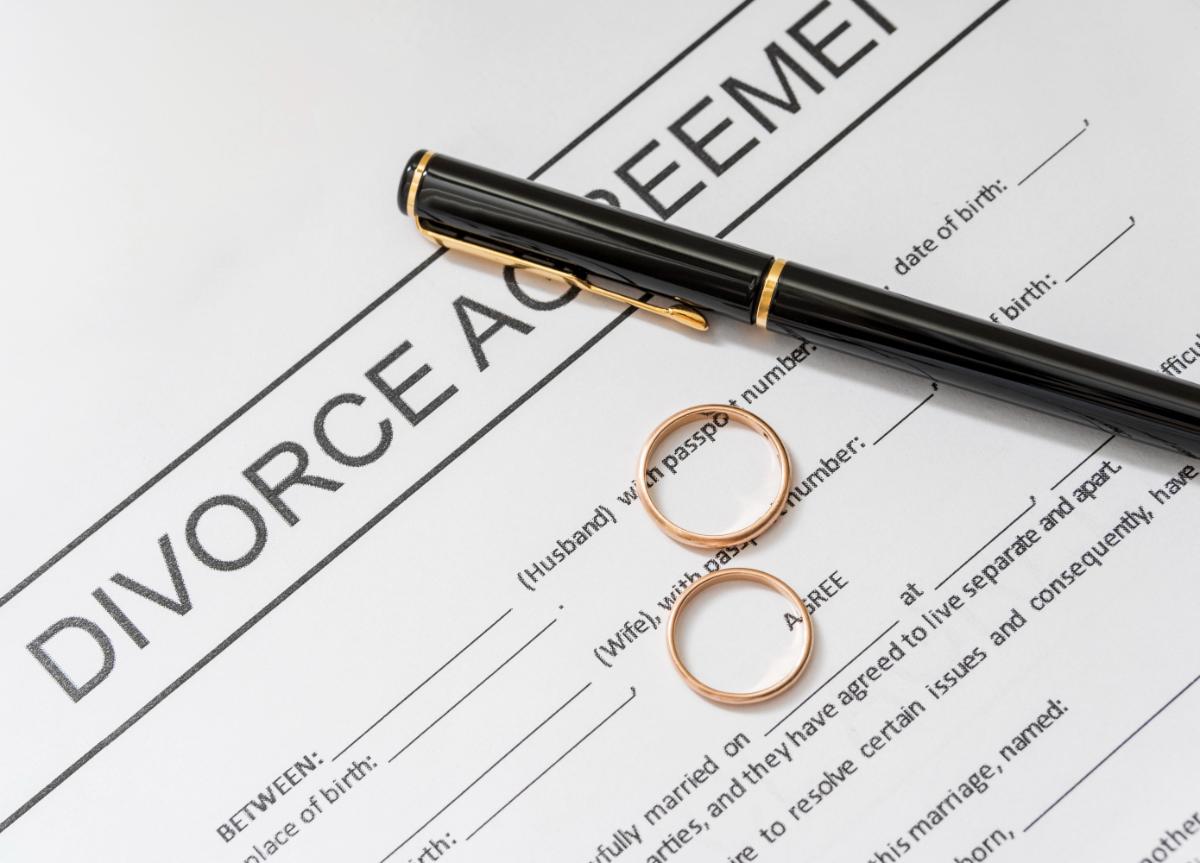Yes — your ex-wife can claim money after divorce in Australia, but only under specific legal conditions set out in the Family Law Act 1975 (Cth).
She may apply for a property settlement to divide assets and liabilities, or seek spousal maintenance if she cannot reasonably support herself and you have the financial capacity to assist.
However, strict time limits apply — any financial claim must generally be made within 12 months after the divorce becomes final, unless the Court grants special permission to extend that period.
In short, divorce ends the marriage — not the financial relationship — and unless all matters are finalised by consent order or a binding financial agreement, post-divorce claims remain legally possible.
The Legal Framework: Family Law Act 1975 (Cth)
Post-divorce financial claims in Australia are regulated primarily under the Family Law Act 1975 (Cth).
Key legislative provisions include:
- Section 79 – empowers the Court to alter property interests between spouses.
- Section 74 – enables the Court to make orders for spousal maintenance.
- Section 44(3) – establishes the time limit for commencing financial proceedings after divorce.
The underlying legal test is one of justice and equity. The Court considers both financial and non-financial contributions (such as parenting or homemaking), future earning capacity, and each party’s overall financial position before issuing any order.
Property Settlement: Division of Assets After Divorce
A property settlement determines how assets and liabilities are distributed between former spouses.
This includes real estate, superannuation, savings, shares, vehicles, and debts. An ex-wife can seek a property settlement within 12 months after the divorce becomes final. Applications lodged outside that period require leave (permission) from the Court — granted only where significant hardship would otherwise occur.
When determining a fair division, the Court follows a structured four-step approach:
- Identify and value all property interests, including assets held in trusts or companies.
- Assess contributions made by each spouse, financial and non-financial.
- Consider future needs, such as disparity in income, health, or caregiving duties.
- Determine whether the outcome is “just and equitable”, as required by Section 79(2) of the Act.
Delays in bringing a claim can complicate valuation or allow assets to be transferred or depleted, which is why early legal advice and timely filing are crucial.

Spousal Maintenance: Ongoing Support After Divorce
An ex-wife may be entitled to spousal maintenance if she cannot adequately support herself and the ex-husband has the capacity to contribute financially.
Under Section 72 of the Family Law Act 1975 (Cth), the Court may order maintenance in circumstances such as:
- Limited earning capacity due to age, illness, or child-care responsibilities.
- Temporary financial disadvantage after the marriage breakdown.
- Significant income disparity between the parties.
Spousal maintenance can be periodic, lump-sum, or time-limited. The application must be made within 12 months of the divorce order taking effect, unless leave is granted for a late claim. The Court evaluates income, expenses, and reasonable living standards to determine whether support is justified.
Time Limits and Late Applications
The 12-month limitation period after a divorce becomes final applies to both property settlement and spousal maintenance applications. Once expired, the right to bring proceedings does not automatically vanish — but the applicant must seek leave of the Court and demonstrate that hardship would be caused if leave were refused.
Common grounds for late applications include:
- Serious illness or incapacity during the limitation period.
- Misleading advice or misunderstanding of rights.
- Discovery of previously undisclosed assets.
However, leave is granted sparingly. The Court prioritises finality of financial matters and discourages reopening old disputes without compelling justification. After separation, financial claims like property and superannuation affect overall divorce costs—learn more here.

Effect of Remarriage or New Relationships
Remarriage or new cohabitation can affect post-divorce entitlements:
- Remarriage: automatically terminates any right to claim or continue receiving spousal maintenance (Section 82 of the Act).
- De facto relationships: may reduce or eliminate maintenance entitlement if the new partner provides adequate support.
- Property settlement: unaffected by remarriage; rights to property division from the previous marriage remain until finalised.
These distinctions underscore why financial finalisation — through Consent Orders or a Binding Financial Agreement — is critical immediately after divorce.
Preventing Future Financial Claims
To prevent future disputes, parties should formalise their financial arrangements using legally recognised instruments:
- Consent Orders – approved by the Family Court and enforceable as law.
- Binding Financial Agreements (BFAs) – private contracts under Part VIIIA of the Act, valid only if each party receives independent legal advice.
Both methods provide certainty and finality, preventing either spouse from making future claims except in exceptional circumstances such as fraud or non-disclosure. If unsure which option best suits your case, find a family lawyer who specialises in post-divorce financial settlements.
Role of the Court in Post-Divorce Financial Matters
The Family Court exercises broad discretionary powers when determining post-divorce financial applications. In assessing claims, it considers:
- Whether the application was made within time;
- The financial and non-financial contributions of each party;
- Each party’s earning capacity, age, and care responsibilities; and
- The fairness of the proposed settlement in light of all evidence.
The Court’s objective is not to achieve equality, but equitable justice — balancing contribution, need, and capacity within the legal parameters of the Family Law Act 1975 (Cth).

Frequently Asked Questions
Even with clear statutory rules, many divorced individuals remain uncertain about their exposure to or eligibility for post-divorce financial claims. The FAQs below address the most common concerns.
How long after divorce can my ex-wife claim money in Australia?
Generally, an ex-wife has 12 months after the divorce order becomes final to apply for property settlement or spousal maintenance. After that, the Court’s permission is required.
Can my ex-wife claim more money if we already agreed informally?
Yes, if no binding financial agreement or consent order exists, informal arrangements carry no legal weight. The ex-wife may still apply for further settlement or maintenance.
Does remarriage stop an ex-wife from claiming money?
Remarriage automatically ends the right to spousal maintenance but not property settlement entitlements related to the previous marriage.
What happens if my ex-wife applies years after divorce?
She must seek leave of the Court and prove hardship or exceptional circumstances. Late claims are rare and face a high evidentiary threshold.
How can I protect myself from future financial claims?
Obtain a Consent Order or Binding Financial Agreement drafted by a qualified family lawyer to ensure legal closure and prevent future proceedings.
Conclusion
In summary, an ex-wife can claim money after divorce in Australia, but only within the limits set by the Family Law Act 1975 (Cth).
Applications for property settlement or spousal maintenance must usually be made within 12 months of the divorce becoming final, unless the Court grants special leave due to hardship or exceptional circumstances.
Once that period passes, financial claims become significantly harder to pursue — or defend — without professional legal assistance.
To safeguard your financial interests and achieve a fair, lawful resolution, it’s vital to act early and seek expert guidance. Whether you’re concerned about a potential claim or need to finalise property and maintenance matters, the experienced team at LegalFinda can help connect you with a qualified family lawyer who specialises in post-divorce financial settlements across Australia.

LegalFinda Editorial Team
The LegalFinda Editorial Team is composed of qualified Australian solicitors, legal researchers, and content editors with experience across family, property, criminal, and employment law.
The team’s mission is to translate complex legislation into clear, reliable guidance that helps everyday Australians understand their legal rights and connect with the right lawyer.



